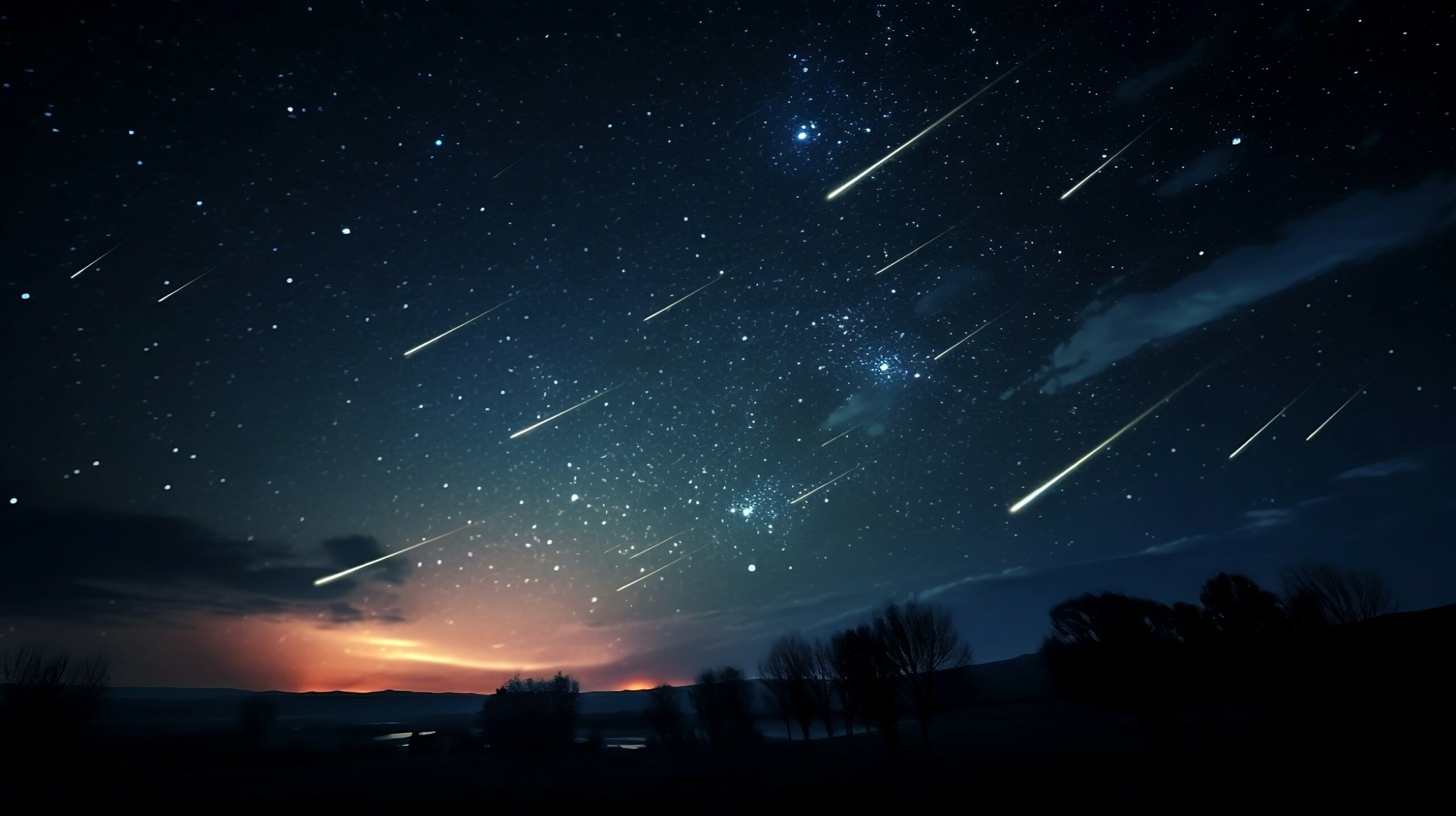
Heavy Rain, Flooding, and Chance of Severe Weather Staring Down the Southern U.S.
January 22, 2024
Posted: October 20, 2023 8:09 am





The most-anticipated meteor shower of the fall is set to reach its peak on Friday night, giving you an awe-inspiring way to start the weekend. But only if your neck of the woods is calling for clear skies to optimize viewing. Here is what you need to know about the Orionid meteor shower as well as what parts of the country will see the weather cooperate.
About the Orionid Meteor Shower
Stargazers have had October 20 marked on their calendar for months. This is the night when the Orionid meteor shower is expected to peak, sending shooting stars across the night skies as Earth comes into contact with the lingering dust once generated by Halley’s Comet.
The Orionids are slated to peak late Friday and into the early hours of Saturday, boasting as many as 20 shooting stars per hour. This intensity makes the Orionids the most visible meteor shower since the Perseids lit up the sky in the middle of August.
You can expect the meteors to start to show off at about 10 pm local time. The greatest number of meteors will streak across the sky between the hours of 1 am and when the sun comes up. This is the time period when the radiant point of the shower reaches its highest point in the sky, translating to a greater amount of activity for onlookers.
Origin of Orionids Traced Back to Halley’s Comet
The Orionids get their name from the Orion constellation, the point of their origin. However, they got their start from the most famous comet known to man. It is not usual for a meteor shower to come to life after the Earth moves through a field of debris created by a comet. These debris fields typically consist of small pieces of matter as tiny as a single grain of sand. However, when this debris enters the orbit of the Earth, it begins to heat up and glow for a short time period.
Astronomy experts have been able to isolate that Halley’s Comet gave birth to the Orionids. As the comet flies through the solar system, it continues to deposit its leftover particles. The Earth then comes into contact with these particles every October, resulting in the Orionids meteor shower.
While Halley’s Comet will not make another pass into the inner solar system until 2061, seeing the Orionids is an alternative way to view some of its particles.
In addition to the Orionids, Halley’s Comet is also credited for fueling the Eta Aquarid meteor shower, an event that peaks every year during the first week of May. This shower is generally distinguished as being one of the best of its kind in the Southern Hemisphere.
What Parts of the U.S. Will Enjoy Prime Viewing Conditions?
You will need luck on your side in order to see the Orionids in all of their glory. What is Friday’s forecast calling for across the U.S.? Forecasters predict that over half of the country will enjoy favorable viewing conditions.
The Southeast will be a great place to set up a lawn chair and grab a blanket and gaze up at the spectacle. This corner of the U.S. is forecast to see clear skies throughout the night.
The central Plains states will also likely see ideal viewing conditions. While California and parts of the interior West will offer favorable weather to catch the show, clouds are forecast to build across the Pacific Northwest, making it more difficult to spot the meteors. The northern Rockies will also begin to see clouds move in on Friday.
The Midwest and the Northeast will likely not be able to see any of the show. A large storm system is set to continue to impact the region through Friday night, bringing persistent cloud cover and rain.
The good news is that the Orionids will hang on with a good amount of meteors on Saturday night and again on Sunday night. This means that you may still have a chance to see this astronomical event if clouds obscure your view on Friday. Stay tuned to your local forecast to pinpoint when you might see the best viewing conditions.
It will be almost two more months before the next major meteor shower makes an appearance. The Geminids are going to peak on the night of December 13 and into the early hours of the 14th. Astronomy experts are predicting that this will be a great year for the Geminids with hourly rates topping 100 meteors per hour given the right conditions. You will not want to miss this show from Mother Nature.
Did you find this content useful? Feel free to bookmark or to post to your timeline for reference later.

January 21, 2024

January 19, 2024

January 18, 2024